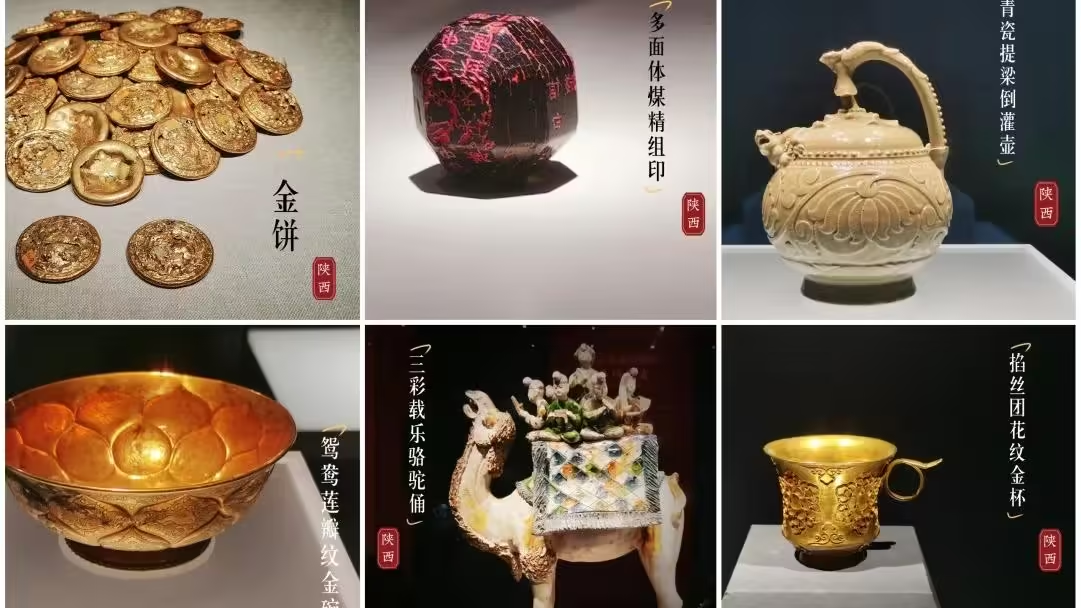When traveling to Xi’an, many visitors find themselves puzzled about whether to explore the Shaanxi History Museum or the Xi’an Museum. Both institutions offer unique insights into China’s rich heritage, but they cater to different experiences. In this guide, we’ll delve into the highlights of each museum, their accessibility, and what makes them stand out, helping you decide which one to prioritize during your visit.
1. Overview of the Museums
The Shaanxi History Museum is open from 8:30 AM to 6:00 PM and is located at 91 Xiao Zhai East Road, Yanta District, Xi’an. Recognized as China’s first large-scale modern museum, it has earned the title of “Pearl of the Ancient Capital, Treasure House of Huaxia,” boasting over 1.7 million items in its collection. The museum’s exhibits span various dynasties, showcasing the artistic and historical wealth of the region.
On the other hand, the Xi’an Museum operates from 9:00 AM to 5:00 PM and is situated at 72 Youyi West Road, Beilin District, Xi’an. Covering an area of approximately 160,000 square meters, with a building space of 16,000 square meters, it comprises the museum, the Tang Jianfu Temple ruins, and the Small Wild Goose Pagoda. The museum houses around 111,928 items, making it a significant cultural site as well.
From the introductions alone, the Shaanxi History Museum appears to have the upper hand in terms of its extensive collection.
2. Reservations for Each Museum
To visit the Shaanxi History Museum, you need to make reservations three days in advance. Tickets are released daily at 10:00, 11:00, 18:00, and 19:00, and you can secure your spot for free permanent exhibitions or pay 270 yuan for the exquisite Tang Tomb Mural Exhibition and 30 yuan for the Hejia Village Treasures Exhibition. Must-see artifacts include the Wusi Wei Tripod, Duoyou Tripod, Empress Jade Seal, Gilt Silver Bamboo-Style Incense Burner, Tang Sancai Camel Figurine, Celadon Spouted Water Jug, Lotus-Petal Pattern Gold Bowl, and Gold-inlaid Beast-Head Agate Cup.
The Xi’an Museum, in contrast, allows reservations up to seven days in advance and is completely free to enter. Highlights here include the Tang Sancai Leaping Horse, the Cloud and Thunder Pattern Tripod, the Qin Cloud Pattern Jade Cup, the Gilt Bird Bronze Bell, and the Western Han Dynasty Horseshoe Gold.
3. Comparison of the Two Museums
Both museums possess distinct advantages. When comparing them, the Shaanxi History Museum tends to be more crowded, with visitors frequently jostling for space in front of exhibits. While the artifacts are indeed exquisite, the close proximity of the displays can hinder photography and limit the opportunity to appreciate the intricate details and ambiance fully. Most visitors find themselves rushing through, unable to take their time and immerse in the experience.
Conversely, the Xi’an Museum offers a more relaxed atmosphere with fewer crowds, making it feel more like a large park. The well-maintained greenery complements the experience, and the presence of the Small Wild Goose Pagoda adds a picturesque backdrop for photos, especially for those in traditional Hanfu attire. With ample seating available, you can take breaks and engage with the exhibits at your own pace, leading to a deeper understanding of the artifacts on display.
In terms of accessibility, the Shaanxi History Museum is conveniently reached via Metro Line 2, getting off at the Xiao Zhai Station (East Exit E). Meanwhile, the Xi’an Museum can be accessed via Metro Lines 2 or 5, with the recommended exit being at the Nan Shao Men Station (Exit F).

